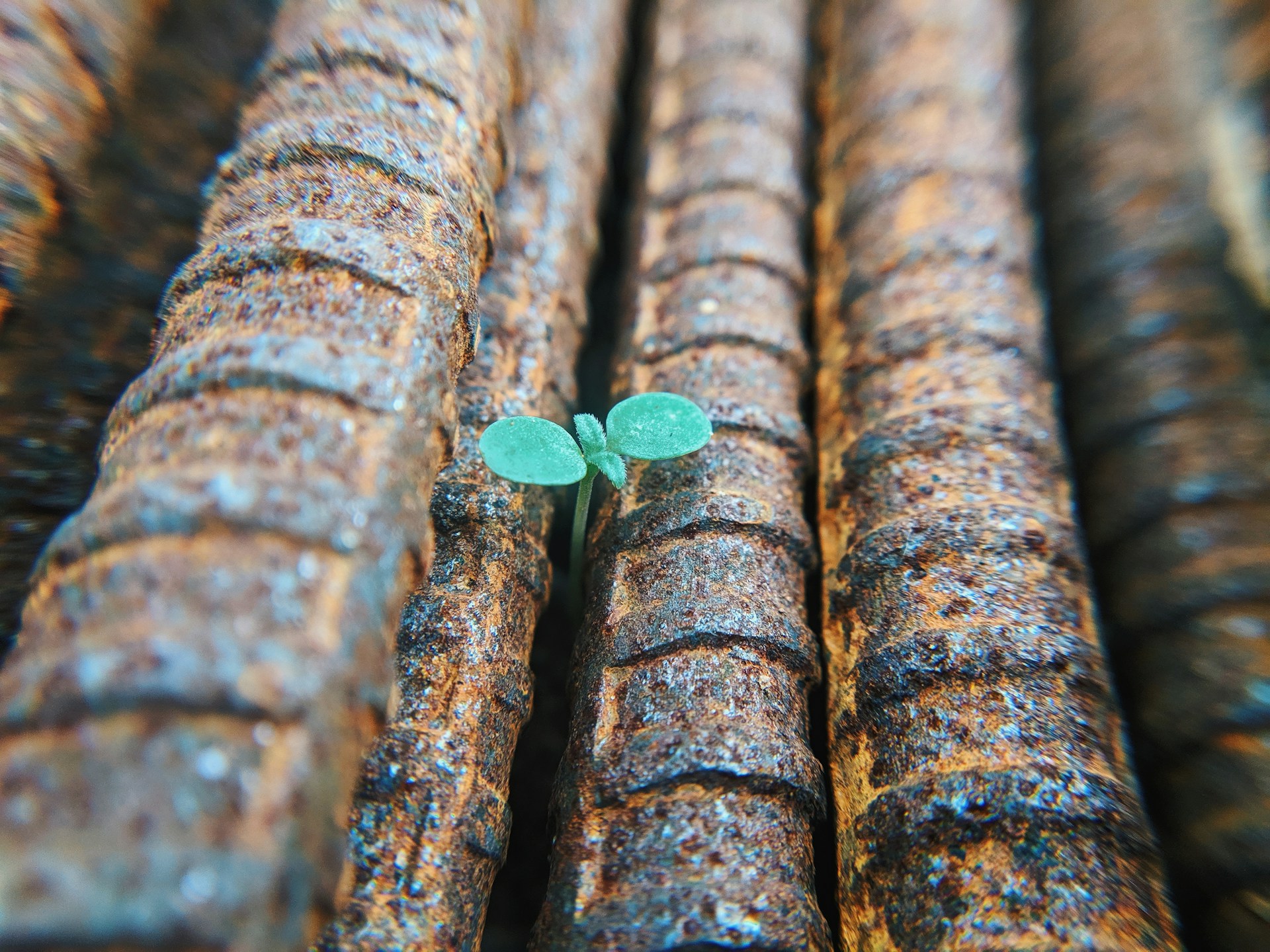I have been reading and processing a lot of material about dying and grief, as part of an exploration of addressing grief in processes of organisational change.
Lots of reading lead to lots of self-reflection, and my own processing of grief for people lost and personal relationships – but also a huge and amorphous grief for the planet, and for the damage and destruction caused by humans to nature and wildlife, ecosystems and the biosphere.
I went through an intense period of impotent rage, feeling that a human extinction event would be fine right now, actually.
And then I came through the other side. Humans are still terrible, of course. I was listening to episodes of the podcast La Compagnie Générale des Autres (a play on the word compagnie: company as an organisation, and company as in being with others). The opening credits are extracts from different conversations spliced together, and amongst the audio samples, there is this:
“Le meilleur est toujours possible, par conséquent l’espérance est là, à condition de ne pas se laisser rendre indifférent.” (The best is always possible, therefore there is hope, as long as one does not allow oneself to become indifferent.)
The alternative I found to my impotent rage is hope as a deliberate choice, an active choice. Active hope, if you like.
Active Hope: How to Face the Mess We’re in without Going Crazy is a book by Joanna Macy and Chris Johnstone, by the way. I picked it up off my reading pile but the second-hand copy I got was so heavily annotated by the previous owner that I gave up and sourced a clean copy. I shall update.
When asked why she does the work she does (in an interview with Andrew Boyd, in I Want A Better Catastrophe), Joanna Macy said: “So that when things come apart, we will not turn on each other.”
So that when things come apart, we will not turn on each other.

Photo by Faris Mohammed on Unsplash
